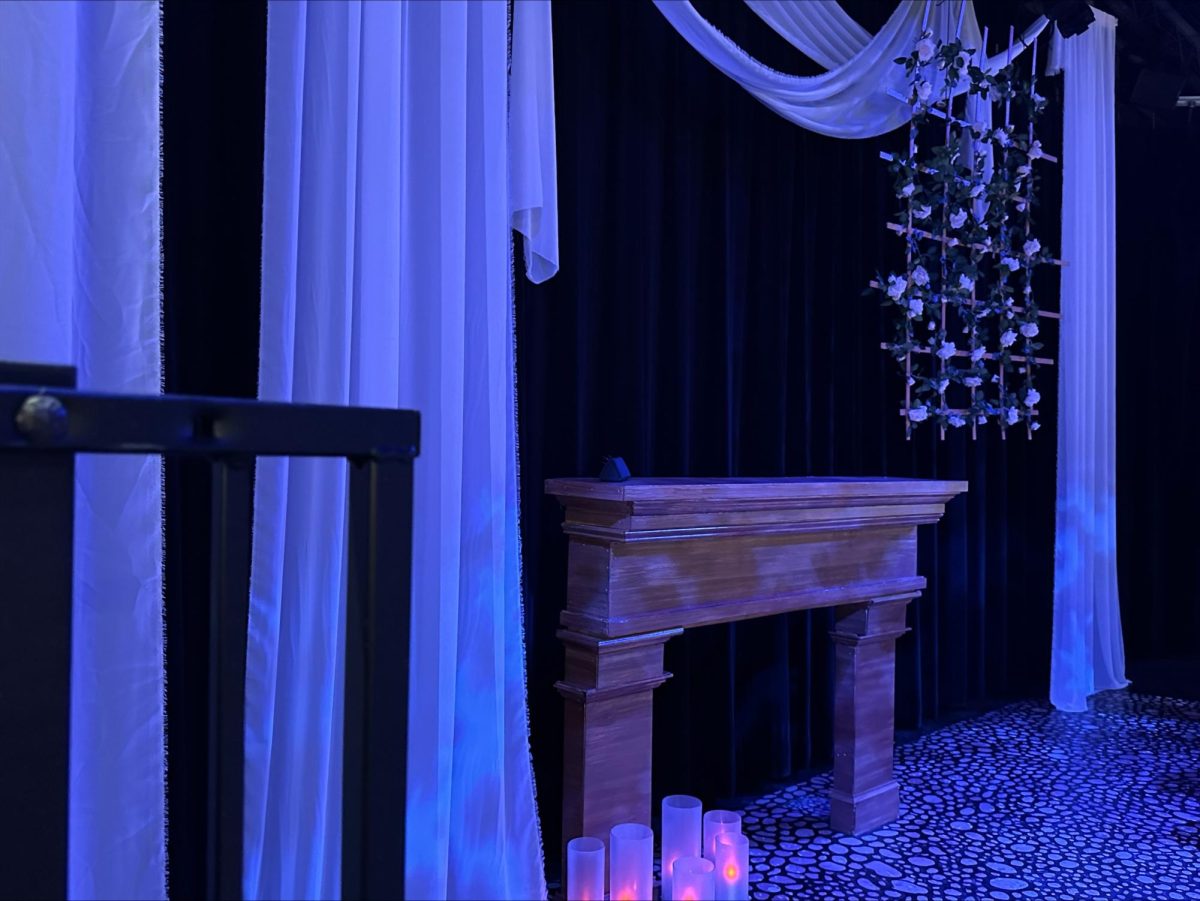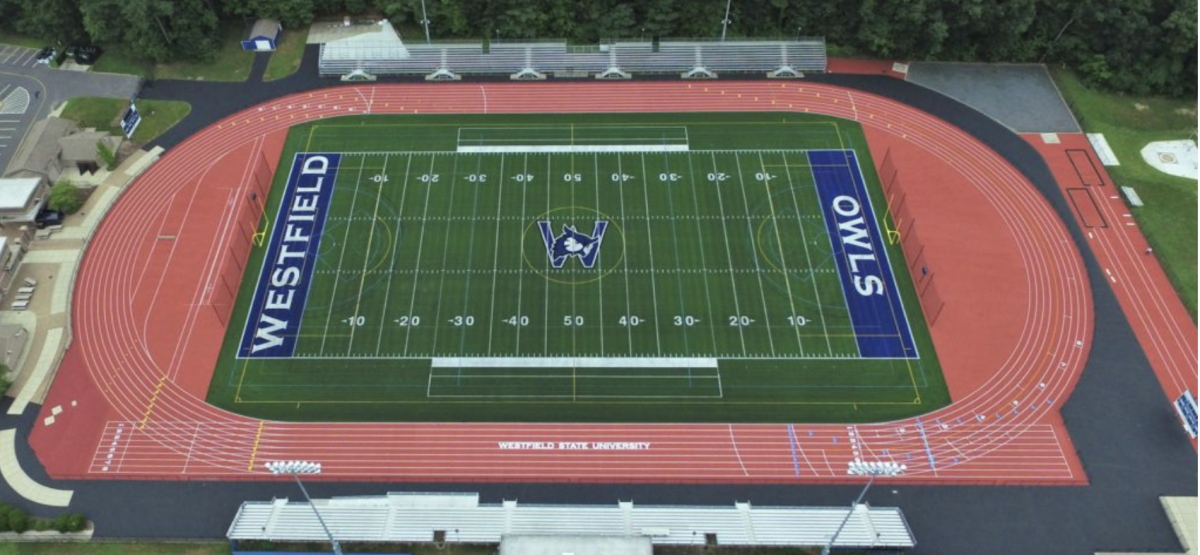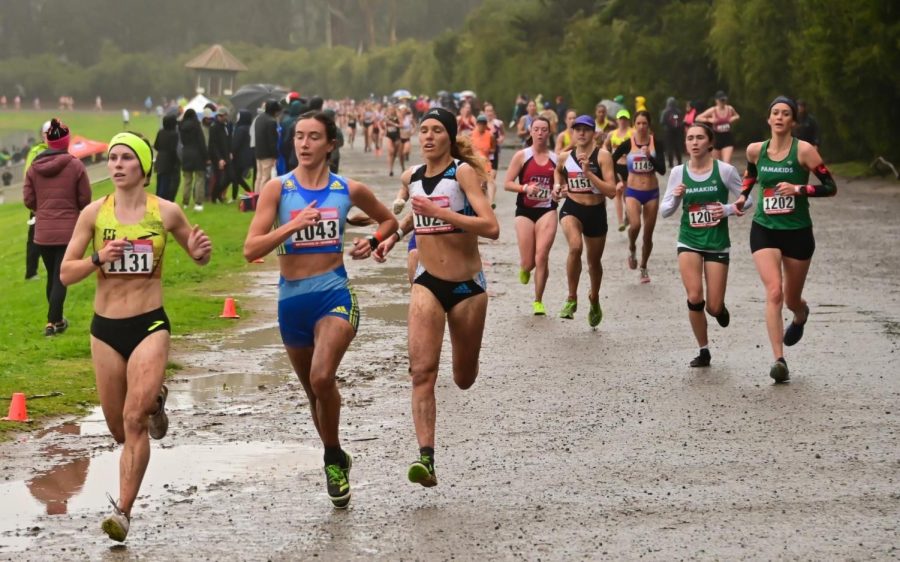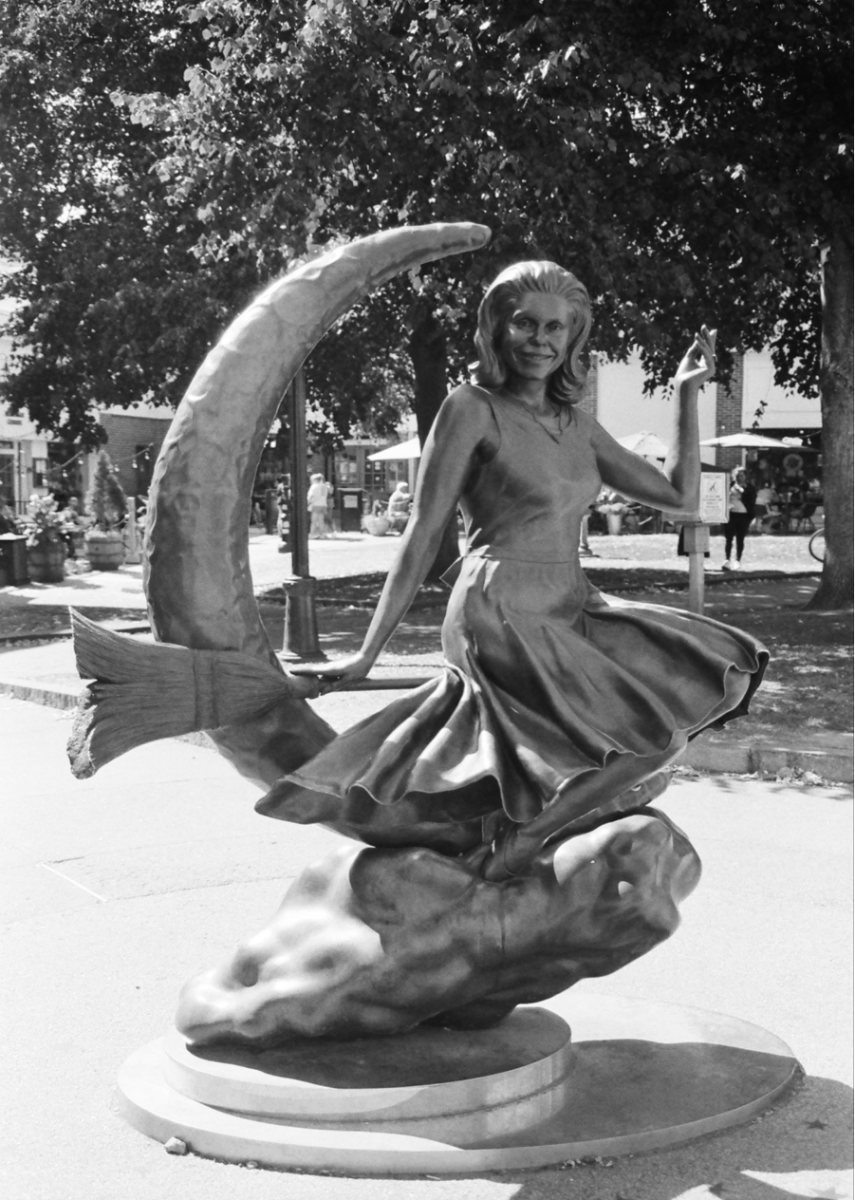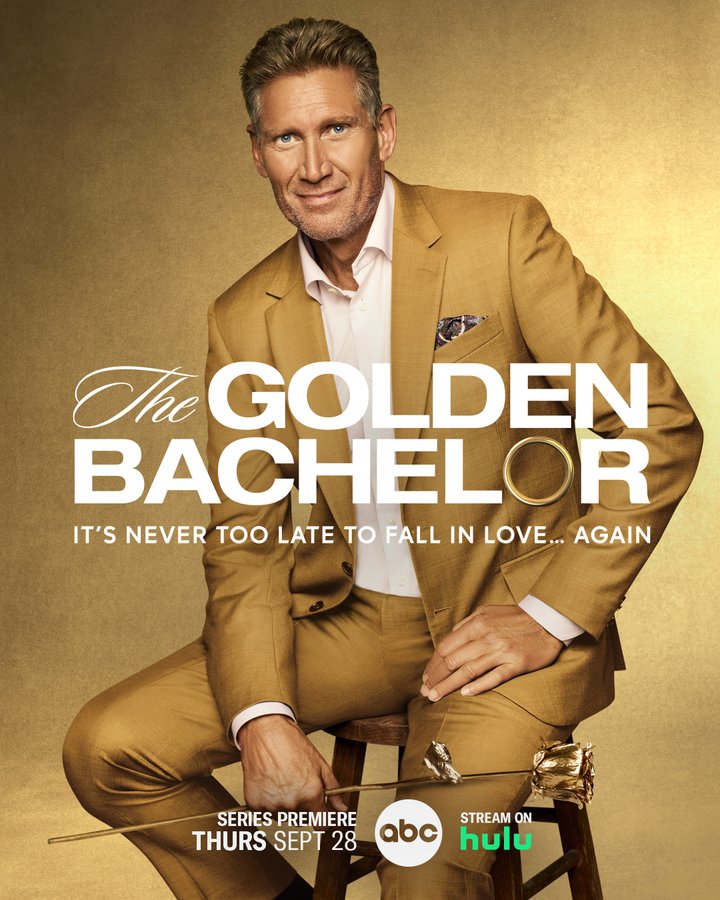The 2017-2018 NBA Defensive Player of the Year, Utah Jazz’s Rudy Gobert, is the classic example of an elite rim protector. The Jazz big man, with a 7’1” frame and a 7’9” wingspan, is a force inside in the paint, swatting away looks at the rim with ease.
Gobert is a fantastic defensive presence inside of ten feet from the rim, however, in the modern NBA, his reign as DPOY should end this season as he can and will be played out of games, especially in the playoffs. He cannot switch and stay with smaller, faster players who shoot from the outside. See last season’s playoffs against the Rockets for proof.
However, this is not to say that rim protectors won’t be in the running for DPOY, quite the contrary actually. It is much easier to measure the defensive impact of an NBA big then it is for a wing or a guard. Blocked shots are easier to come by when the defender has six inches on the offensive player taking layups rather then jump shots, which start lower then jump shots typically would.
Also, it is simpler to view the impact that a defender has at the rim against an opponent’s field goal percentage, as there are many factors in why a player might miss a long-distance jump shot, though any NBA player will most likely hit a lay up unless they are very well contested.
New Orleans’ Anthony Davis is the ideal defensive big man in the modern NBA. Obviously, AD is incredibly potent on the offensive end and his team would sink without his point production, though that should not overshadow what he does best as a basketball player: block shots and guard every position.
Davis is first and foremost a defensive player in this league, possessing a strong 6’11” frame and a 7’6” wingspan. He has the size to force other big men out of the paint and the foot speed to stick with smaller guards/wings on the screen.
The Celtic’s Al Horford is much like Davis on the defensive end, though Horford relies mostly on his supreme sense of positioning compared to Davis’ pure physical abilities. Al Horford is the perfect big to anchor a modern NBA defense just like Davis, and has the defensive presence inside to force opposing bigs out of the paint, as well as the speed to stay with smaller players outside the paint. Horford allows the Celtics to play a switch everything defense, creating constant matchup problems for the opposing team and daring them to beat their great defenders one on one.
On the wing, Kawhi Leonard stands head and shoulders above the pack as a defender. Jimmy Butler, Paul George, Jaylen Brown, and Andre Roberson are all elite level wing defenders, but Leonard has the ability to completely erase an opposing teams best offensive player, 1-4. Leonard has the physical tools to deter anybody on the wing, as he’s one of the strongest, quickest and most well-coordinated defenders in the league, and under coach Pop’s tutelage, has an excellent sense of positioning in an NBA defense.
Any NBA team that has a unique defender that can guard anyone 1-5 has a distinct advantage and can build their defense around them. As the league stands, there are 2 such players that have the potential to cover any player reasonably well, being Golden State’s Draymond Green and Milwaukee’s Giannis Antetokounmpo.
Draymond, though considerably shorter then the 6’11” Giannis, has the strength and wingspan to guard anybody in this league. The Warriors need Draymond for their dynasty to thrive, the driving force of their smothering defense that opens up so many opportunities for their offense. Along with a natural knack for positioning, strength, and long arms that can swallow up any offensive player, Draymond possesses the energy and mental fortitude to be an impact night in and night out on the less glamorous end of the floor.
Giannis may not have the reputation that Draymond does on defense, though he has double the physical tools along with a deep drive to be the best overall player in the league. He should elevate the Bucks to a top tier defense this year.
Anthony Davis is the smart choice for DPOY, though Draymond and Kawhi should be high vote getters as well, both in situations with something to prove.
